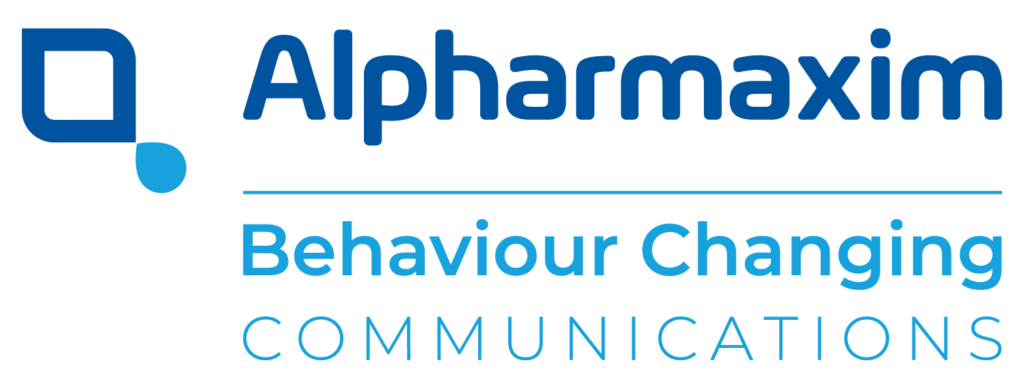Challenges in rare diseases:
Misdiagnosis and missed diagnosis
It can take years to get the right diagnosis:
- Frequent misdiagnosis with more common/likely diseases
- Low awareness of possible rare diseases
- Lack of knowledge of any symptom clusters
- Devastating impact on the patient and their family
40% of patients are misdiagnosed1
Patient identification
Lack of common approach to patient identification:
- Lack of clarity around what to look for
- No standardisation of symptom clusters as different patients with the same disease may present with different symptoms
- Inadequate estimates of the burden of rare diseases
25% of patients wait 5–30 years before receiving confirmatory diagnosis1
Patient care pathway
Uncertainty for healthcare professionals and patients after diagnosis:
- Limited support networks
- Unclear referral pathways
- Lack of guidance on how best to support patients and other family members who might be affected after diagnosis
80% of rare diseases have genetic origins2
1. EURORDIS. Survey of the delay in diagnosis for 8 rare diseases in Europe (‘EurordisCare 2’). 2007. https://www.eurordis.org/sites/default/files/publications/Fact_Sheet_Eurordiscare2.pdf. Accessed 3 February 2020;
2. EURORDIS. What is a rare disease? 2007. https://www.eurordis.org/sites/default/files/publications/Fact_Sheet_RD.pdf. Accessed 3 February 2020


